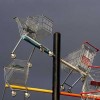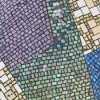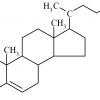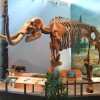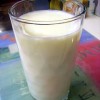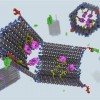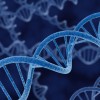Hibernation – Why Not Me?
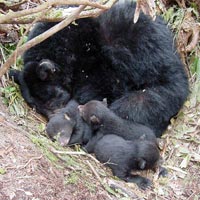 It’s the season of hibernation, something I’ve always wished I could do. Oh, to wrap up in a ball, sleep away the winter, and wake to a beautiful spring day – like Bambi! Although the thought has always intrigued me, it never really occurred to me what a feat hibernation actually is. It turns out that all of the bears, squirrels, rabbits etc…. that I thought were just sleeping, are breaking biological laws!! If I was to stay dormant for 5 months, without food or drink and little to no movement in freezing temperatures I would die, so no hibernating for me. Somehow though, hibernating animals avoid all of the complications that should normally develop with such a state, including blood clots, heart failure, osteoporosis, bed sores and reduced muscle mass to name a few.
It’s the season of hibernation, something I’ve always wished I could do. Oh, to wrap up in a ball, sleep away the winter, and wake to a beautiful spring day – like Bambi! Although the thought has always intrigued me, it never really occurred to me what a feat hibernation actually is. It turns out that all of the bears, squirrels, rabbits etc…. that I thought were just sleeping, are breaking biological laws!! If I was to stay dormant for 5 months, without food or drink and little to no movement in freezing temperatures I would die, so no hibernating for me. Somehow though, hibernating animals avoid all of the complications that should normally develop with such a state, including blood clots, heart failure, osteoporosis, bed sores and reduced muscle mass to name a few.
Biologists would like to understand how a bear, who eats continuously throughout the summer to lay down fat reserves for the winter, can have cholesterol levels that would be high for a human, but not suffer the hardening of arteries that one might expect. And what about the bone loss one would expect from months of inactivity? Humans on bed rest can lose 3-4% of their hip bone minerals from lack of weight bearing exercise. Bears show no signs of bone loss or osteoporosis as a result of their long rests. It is likely that the genes involved exist in our cells too, but they just aren’t being used in the same way.
We clearly have a lot to learn from our hibernating friends. Teams of researchers in Sweden have actually been studying Brown bears to learn about these interesting phenomena. How do you study wild Brown bears you ask? You tranquilize them while they are hibernating, collect as many samples as you can, and get out before they wake up! For the full story on hibernation, go to: http://www.sciencenews.org/view/feature/id/338318/title/Lessons_from_the_Torpid.
| Print article | This entry was posted by Amanda McBrien on February 16, 2012 at 1:38 pm, and is filed under DNA From The Beginning. Follow any responses to this post through RSS 2.0. You can leave a response or trackback from your own site. |


